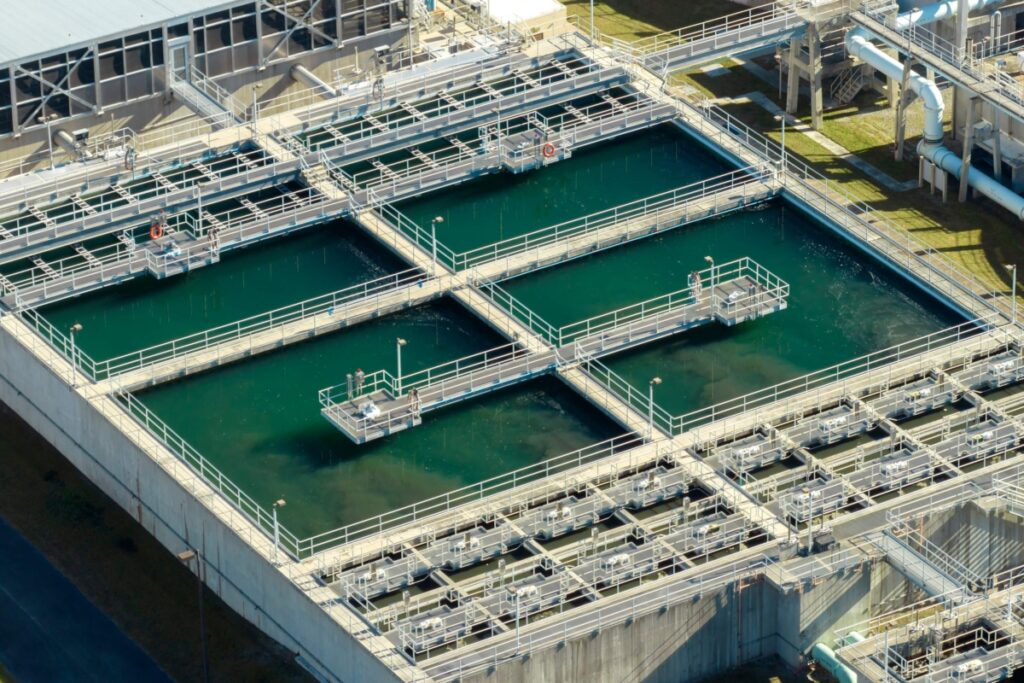From Toilet to Takeoff: Firefly Turns Sewage into SAF
Share
If Firefly Green Fuels CEO James Hygate has his way, your daily trips to the bathroom could help power your next flight. Hygate’s alternative fuels startup is on a mission to transform human waste, or sewage, into a valuable resource of sustainable aviation fuel (SAF) that could revolutionize air travel in the future.
Speaking at the Sustainable Aviation Fuel Supply Chain Initiative in London, Hygate made a surprising revelation: “Each person in the UK produces about 10 litres of potential fuel per year, half of which is sewage sludge, or biosolids.”

(Image via Firefly Green Fuels)
To put this into perspective, Hygate previously mentioned that the waste produced by 200 passengers on a London-Madrid flight could potentially generate 10% of the fuel needed to power that very same journey.
Firefly Green Fuels’ core technology involves a new pathway called hydrothermal liquefaction (HTL), which converts sewage sludge into sustainable aviation fuel.
According to a study conducted by Cranfield University, this process results in a significant 92% reduction in carbon lifecycle emissions compared to traditional jet fuel.

(Image via Firefly Green Fuels)
The potential of Firefly’s technology has caught the attention of European low-cost carrier Wizz Air, which has invested US $6.2 million into the startup. Wizz Air has also signed an offtake agreement with Firefly for up to 525,000 tonnes of SAF over 15 years, potentially saving as much as 1.5 million tonnes of CO2.
Firefly plans to build its first facility in the East of England, with waste supplied by Anglia Water, a local water company. Though primarily focused on sewage, Firefly’s facilities could also process various wet biogenic materials, such as food waste, further expanding the potential impact of this revolutionary technology.
While Firefly is currently UK-based, Hygate sees the company’s technology as having global potential, given that human waste and sewage are ubiquitous, and grow as populations grow.
As a result, he envisions licensing the technology to energy companies worldwide, allowing them to transform sewage into SAF on a local level and thereby reducing aviation’s global carbon footprint.
Firefly’s sewage-to-fuel technology is just one example of the innovative approaches being explored in the quest for sustainable aviation. Other companies are investigating the use of algae as a source for jet fuel, while a project in the UAE is looking at growing the salicornia plant in arid semi-desert conditions, which requires neither fresh water nor arable land.
As the industry continues to grapple with the need for cleaner energy sources, entrepreneurs like James Hygate and the team at Firefly Green Fuels are helping pave the way for a more sustainable future in aviation.
So, the next time you visit the bathroom, you might just be contributing to the fuel of tomorrow.


